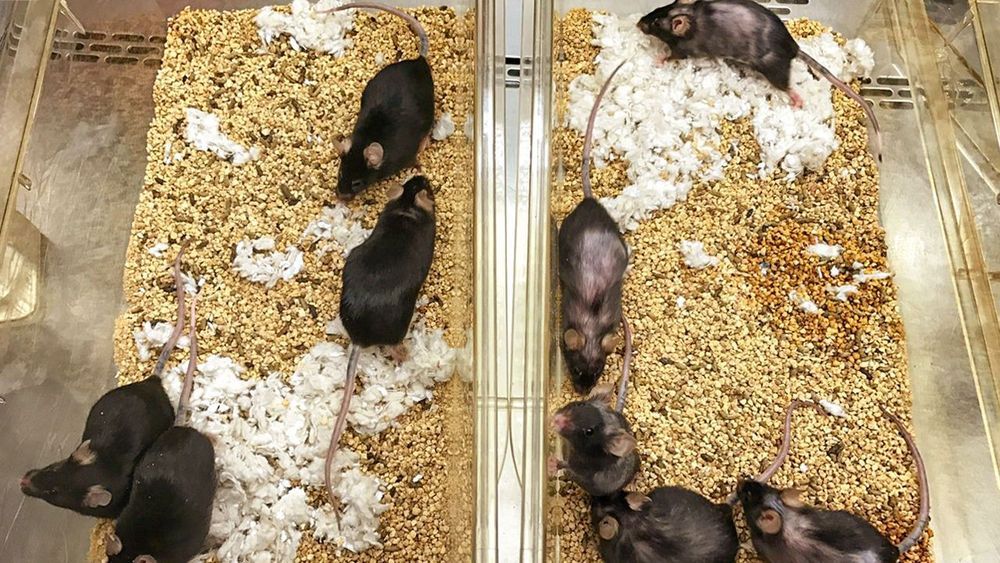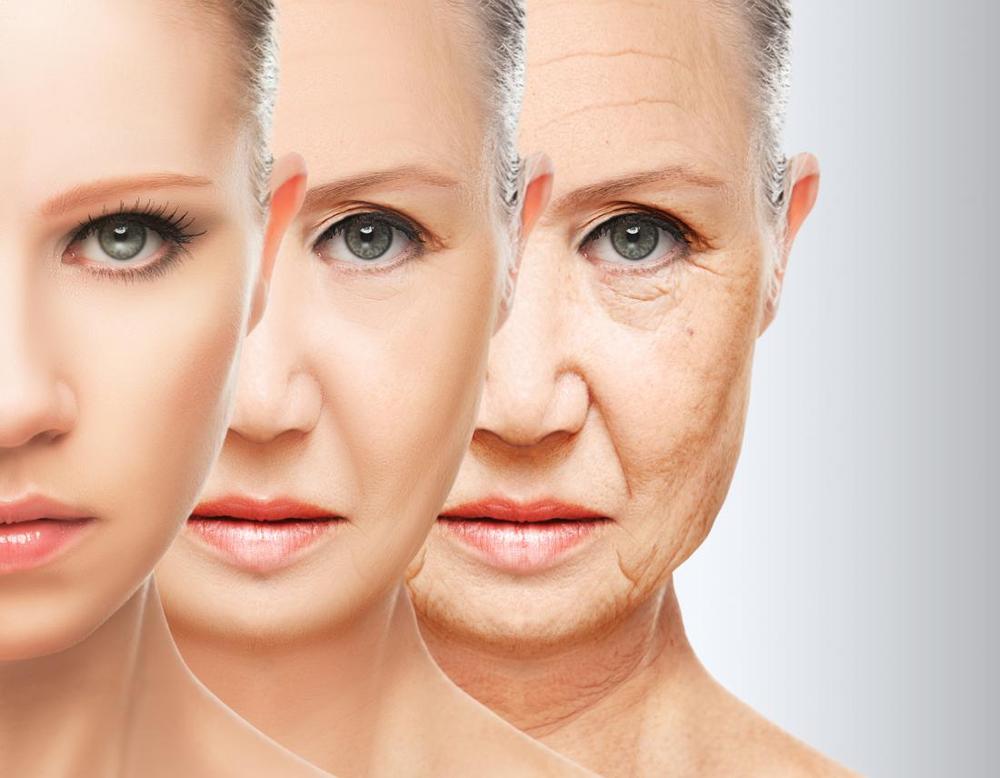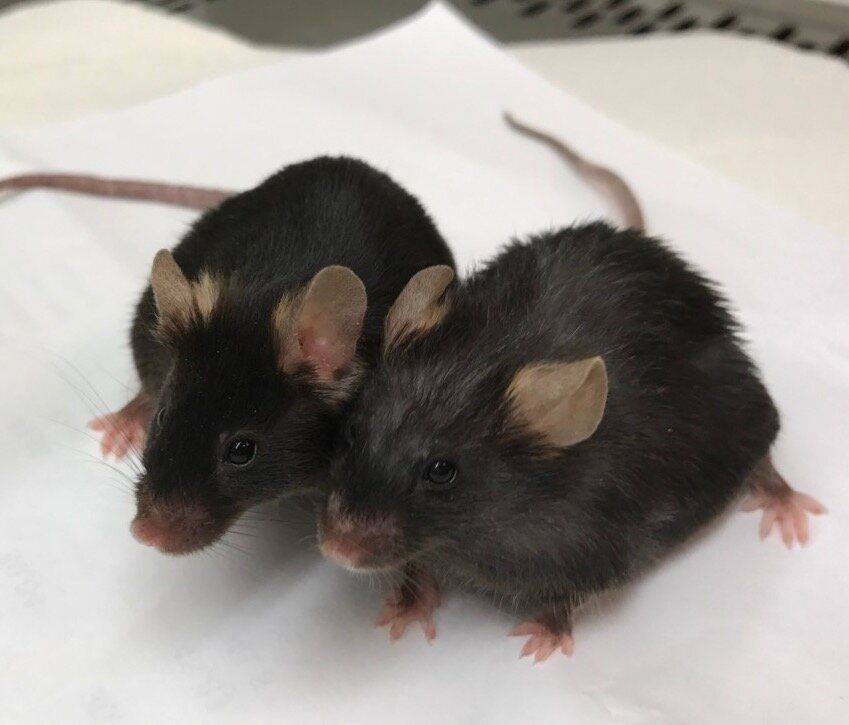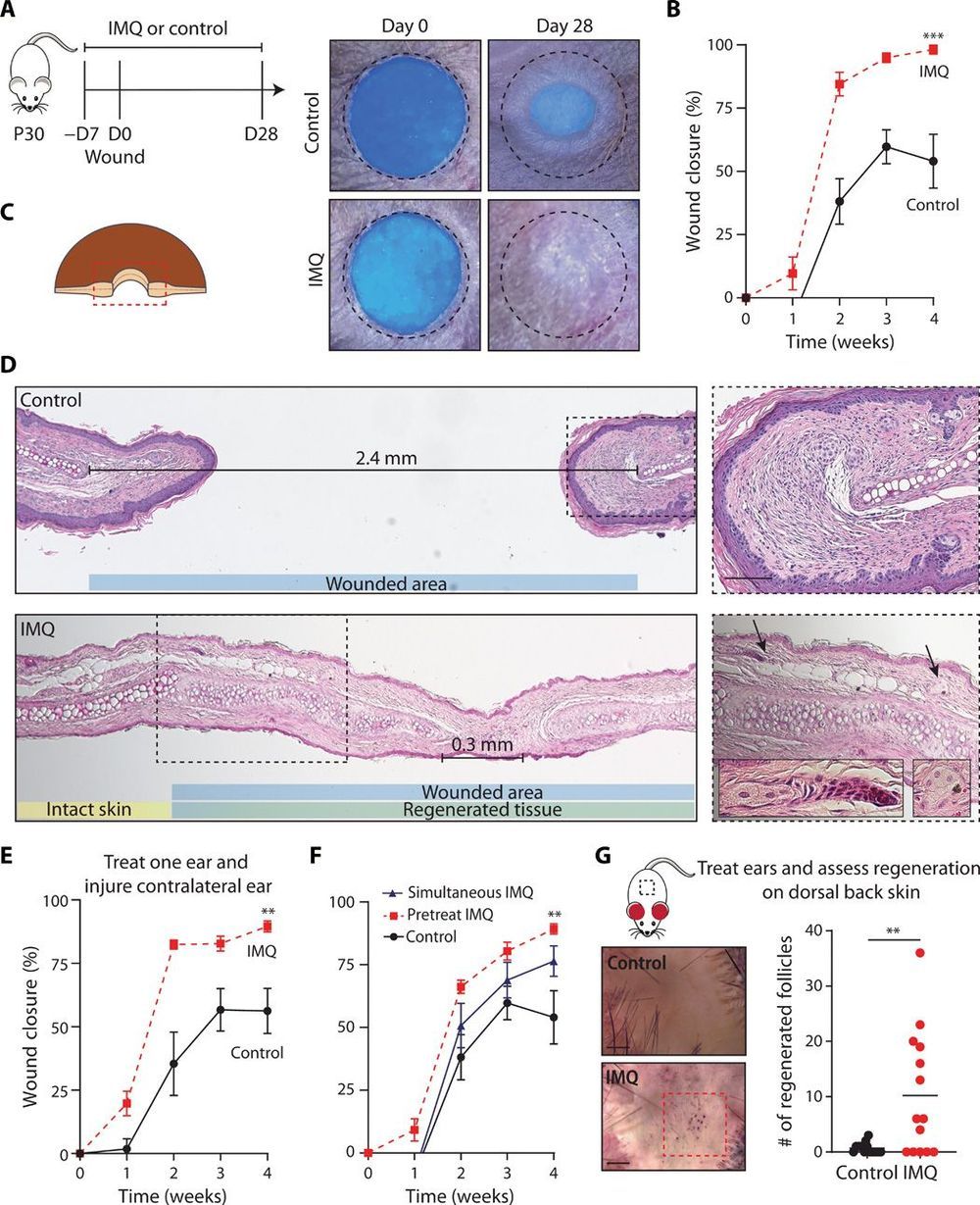Worldwide, 800,000 people die annually due to suicide (1 every 40 seconds) — There are more than twice as many suicides as homicides — Suicide is now the 10th leading cause of death in the US, and the 2nd leading cause of death among individuals between ages of 10 and 34 — Dr. Christine Moutier, M.D., Chief Medical Officer, American Foundation for Suicide Prevention, joins me on ideaXme to discuss her organization’s work in suicide prevention science and impacting these disturbing trends — #Ideaxme #Suicide #Depression #MentalHealth #Psychiatry #Anxiety #Stress #Trauma #Coronavirus #Burnout #WellBeing #Resilience #Health #Wellness #Longevity #Aging #IraPastor #Bioquark #Regenerage National Institute of Mental Health National Academy of Medicine.
Ira Pastor, ideaXme life sciences ambassador and founder of Bioquark, interviews Dr. Christine Moutier, MD, Chief Medical Officer, at the American Foundation for Suicide Prevention (AFSP).
Ira Pastor comments:
According to the World Health Organization (WHO), close to 800,000 people die due to suicide every year, which is one person every 40 seconds. Suicide is a global phenomenon and occurs throughout the lifespan, and there are indications that for each adult who died by suicide, there may have been more than 20 others attempting suicide.
According to the U.S. Centers for Disease Control and Prevention (CDC) “Leading Causes of Death Report”, in 2017 suicide was the tenth leading cause of death overall in the United States, claiming the lives of over 47,000 people; Suicide was the second leading cause of death among individuals between the ages of 10 and 34, and the fourth leading cause of death among individuals between the ages of 35 and 54. There were more than twice as many suicides in the United States as there were homicides.




